The 13th Article of Faith has long been one of my favourite bits about being Mormon. I love the inclusion 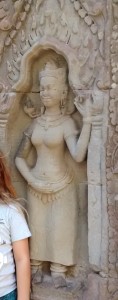 of the “Admonition of Paul” (which has been attributed to Philippians 4:8) that we “We believe all things, we hope all things…” to me, this has always been the reason for me to seek for a connection with those of other faiths, and to search and find what is truth. A popular metaphor taught by the visiting missionaries when I was growing up was that of the “glass table.”
of the “Admonition of Paul” (which has been attributed to Philippians 4:8) that we “We believe all things, we hope all things…” to me, this has always been the reason for me to seek for a connection with those of other faiths, and to search and find what is truth. A popular metaphor taught by the visiting missionaries when I was growing up was that of the “glass table.”
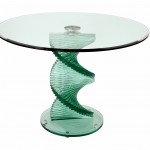 “The church is like a glass table,” the elder would teach. “When Christ was on the earth, the glass table was in one piece. But after his death, it was broken. All the churches took different shards from the glass table and declared that they had truth. And they did! But they didn’t have all of the truth. Our church is the glass table restored.”
“The church is like a glass table,” the elder would teach. “When Christ was on the earth, the glass table was in one piece. But after his death, it was broken. All the churches took different shards from the glass table and declared that they had truth. And they did! But they didn’t have all of the truth. Our church is the glass table restored.”
This did, and still does– fit my mind; I have found truth in many churches, dogmas, and philosophies, and felt the spirit in many churches, museums, and landscapes across the world. “We believe all things…” continues to encourage me to seek for Christ in places not branded with the LDS church logo. There are shards of truth all over; and I feel at liberty to seek for them.
About 15 years ago, I visited Chichen Itza on the eastern side of the state of Yucatán in Mexico. It seemed almost too easy to imagine Nephites and Lamanites living there as I wandered through the ruins, taking in all that I possibly could. Although my local guide told me many things that didn’t match any of the Book of Mormon stories that I thought might have taken place there, I still felt like that was truth. I felt like the Temple of Kukulcan at Chichen Itza (the feathered serpent, or Quetzalcoatl) still had truth—I didn’t know what that truth was, but it was a part of the glass table. I was sure of that. Most Mormons would agree with me; after all– we all seem almost positive that the native Americans are Lamanites…. somehow. So finding truth among Aztec and Mayan ruins is acceptable, encouraged, presumed. Why not elsewhere?
Last month I was lucky enough to visit Cambodia with my family. 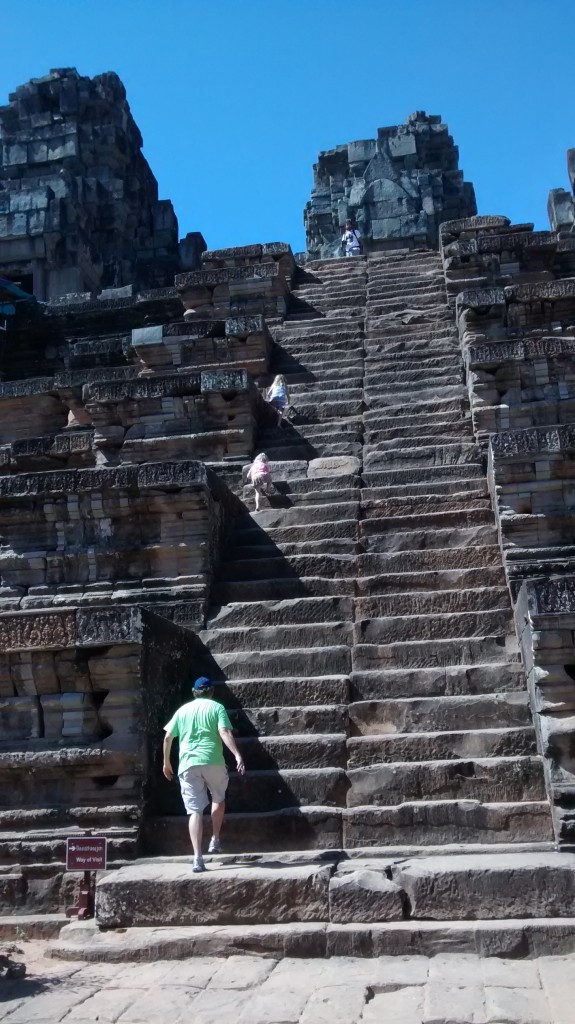 It was the trip of a lifetime! Quite frankly, all I knew of Cambodia six months ago was in relationship to Americana: I knew it was involved in the Vietnam War (Called the “American War” in Vietnam and Cambodia), and I knew the Dead Kennedy’s Holiday in Cambodia song lyrics—those same song lyrics had inspired me as a rebellious teen to research – and be rightfully terrified and shocked by the evil known as Pol Pot. Perhaps my youthful shock in Pol Pot’s totalitarian dictatorship and utter genocidal carnage had caused me to otherwise disregard Cambodia as a holidaying kind of place. But when my husband eyed a half-marathon running course around the ruins of Ankor Wat– we were sold; him for the scenery and motivation, me for the opportunity to seek for pieces of the glass table among the temple ruins.
It was the trip of a lifetime! Quite frankly, all I knew of Cambodia six months ago was in relationship to Americana: I knew it was involved in the Vietnam War (Called the “American War” in Vietnam and Cambodia), and I knew the Dead Kennedy’s Holiday in Cambodia song lyrics—those same song lyrics had inspired me as a rebellious teen to research – and be rightfully terrified and shocked by the evil known as Pol Pot. Perhaps my youthful shock in Pol Pot’s totalitarian dictatorship and utter genocidal carnage had caused me to otherwise disregard Cambodia as a holidaying kind of place. But when my husband eyed a half-marathon running course around the ruins of Ankor Wat– we were sold; him for the scenery and motivation, me for the opportunity to seek for pieces of the glass table among the temple ruins.
Years ago, I had a friend who was studying the life of Christ. At the time, he was researching a theory that for a time between Jesus’ youth and His first miracle (water into wine), He may have visited Asia where He studied. I’ve heard others suggest that perhaps the book of Mormon may have taken place in Asia, rather than in the Americas. Most often I am told that when Christ spoke of “other sheep I have which are not of this fold,” he meant those is Asia. No matter how it is presented, the common idea remains: Christ and Asia go together.
Ankor Wat is the largest religious monument in the world. It literally translated into “City of Temples,” and is described as a complex of temples covering over 160 hectares, including a moat. Originally Hindu, it has weathered, and yet shared seasons of Buddhism and other religions. Many of the temples now have been converted to Buddhist places of worship; we had many opportunities to light incense and seek for Buddhist blessings. The half marathon took the runners by and through numerous ancient temples– structures that have been standing since the mid-12th century in spite of war, nature and looting. Temporary banana and water stands peppered the jungled footpaths lined by capuchins, who sat curiously watching as the humans ran past. The run itself serves a sacred purpose: to seek for the global ban of landmines, and raise money to support those who have been disabled and maimed by landmines in Cambodia.
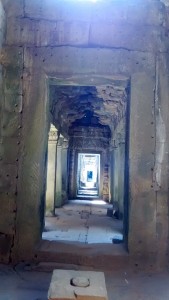
In the days leading up to the half marathon, we visited the temples; grand structures that welcome visitors with small plaques naming the nationalities of teams of archaeologists who were restoring, or protecting the buildings. China, Japan, France, Korea, the US and more were all committed to preserving, restoring and protecting the temples, each country assigned as guardian to a specific temple. It was beautiful and there was a sense of international family-hood as we mingled among busloads of tourists from every continent. Life felt universally glorious as we chatted with those from Cambodia, Vietnam, Thailand, China, Germany, France, the US at the temples, and also with the other tourists who shared our hotel—they came from Madagascar, Indonesia, Japan and the US. The closest sense of international oneness that might be comparative is that moment in the Salt Lake temple when the temple worker smilingly and with love asks which language you’d prefer to use at the veil. The love and acceptance of any nationality, marital status, reproductive status, sexual orientation, culture or ethnicity— just because you are in that same space — is purely divine. I felt it in the Salt Lake temple, and again at Ankor Wat. I revelled in it.
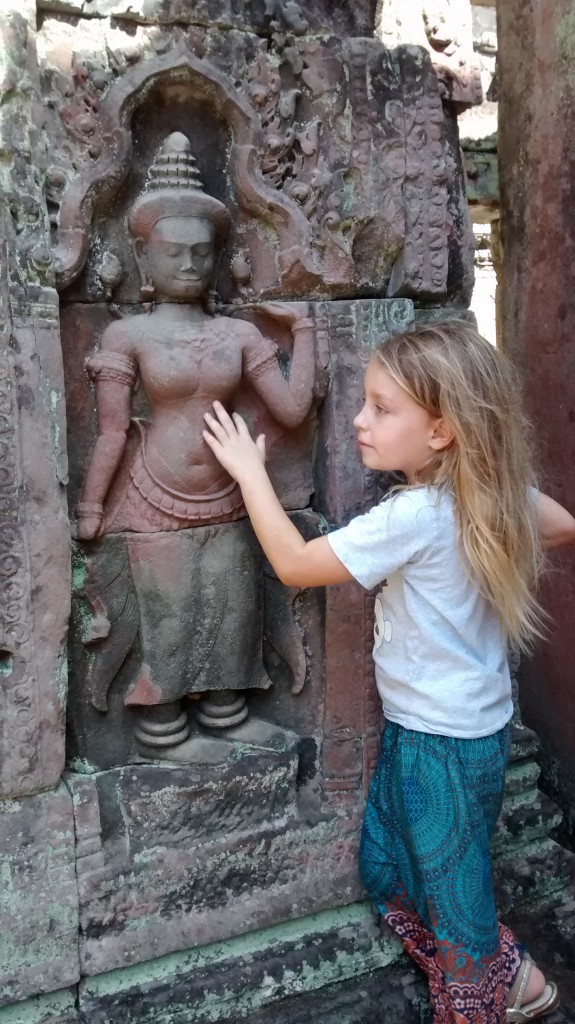 So as I crawled among the ruins, amazed by the copious, intricate and sizable designs, I searched for that part of the “glass table” that I knew must be there. The spirit was with us on this trip—and I sought to gain insights into that part of truth held within the walls of the temples of Ankor Wat. This truth was not hard to find. She was staring at me in every building and I could not ignore Her. In fact, my daughters began to pose for me by the female figures that I was repeatedly drawn to and photographing—I finally had to ask them to stop: there were just too many. She was everywhere.
So as I crawled among the ruins, amazed by the copious, intricate and sizable designs, I searched for that part of the “glass table” that I knew must be there. The spirit was with us on this trip—and I sought to gain insights into that part of truth held within the walls of the temples of Ankor Wat. This truth was not hard to find. She was staring at me in every building and I could not ignore Her. In fact, my daughters began to pose for me by the female figures that I was repeatedly drawn to and photographing—I finally had to ask them to stop: there were just too many. She was everywhere.
Whilst the patriarchy of typical Christianity has evolved in military fashion and thus created war captains out of cardinals and stake presidents, Hinduism has never sought to militarize the Mother out of sight. So I saw here there. Simply, readily, and perfectly, She was there. Again and again. So I am thankful for the admonition of Paul, and I am thankful for the shards of truth within the temple walls of Ancho Wat. I believe there is more truth to be found there. But for me, and for now, the truth was in seeing Her. So I could be reminded of Her as she smiled at me from the temples that war, weather and time could not erase. She was there: weathered, but not removed. Just like Heavenly Mother in the Mormon faith. She is there– weathered, but not removed. And for this, I am grateful.
I believe there is a Heavenly Mother. I hope to get to know Her better, too. So I wonder if Asia might be the key to our finding Her. (And isn’t my daughter gorgeous????)
Where have you seen the Mother? How do you think others might be able to find Her?


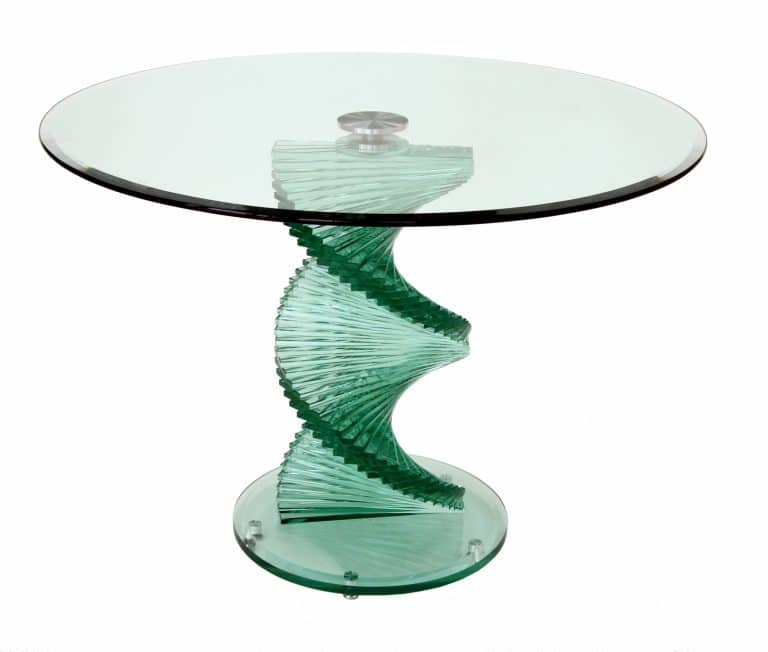
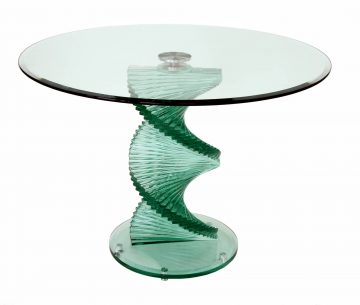

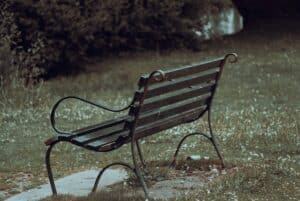
4 Responses
Thank you for sharing your sacred experiences here, Spunky. It’s very humbling to think of how much time these temples have seen, and of the beautiful diversity of belief on the earth.
Oh, how I love this! Thank you for sharing your wonderful experience.
This was so beautiful. I love that you’ve sought truth in other places and other religions. As a missionary and MTC teacher, I always hated object lessons/analogies–including the glass table (why not a glass window? or a vase?)–because many missionaries relied on them too heavily and used them every time they taught, regardless of their investigators’ various needs. But I was happy to be reminded by your post that sometimes, there’s nothing like an object lesson to really teach a principle.
Thanks, Ellek! Yes, I used to think the glass table was problematic, but a decade or so ago, I decided that maybe the LDS church doesn’t actually have the whole table, anyway. I don’t feel blasphemous writing that because is isn’t a perfect church, and because with ongoing revelations, tiny specs and liberating shards are all coming back to properly align, teach about where previous shards were mislaid, and combining it all into what will be the perfected table of the millennium. I do think that the church has the “most” glass pieces; but like any puzzle that has been through a storm, we are still finding pieces and putting them back into place. Anyway. That’s how the analogy works for me. Thank you so much for commenting!